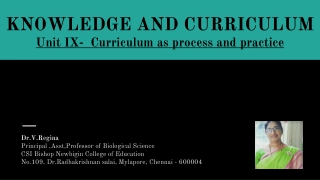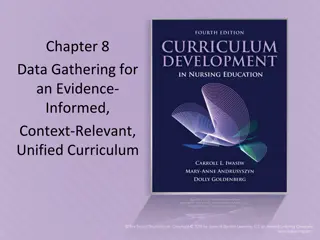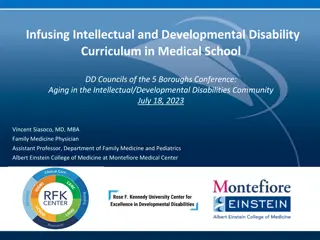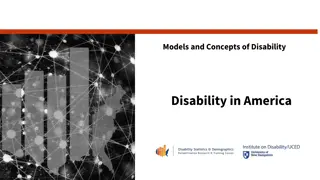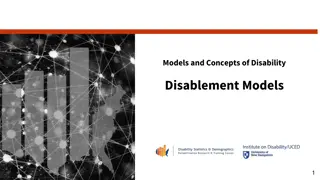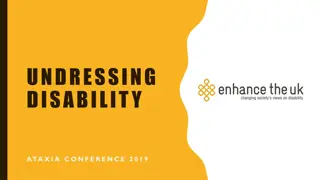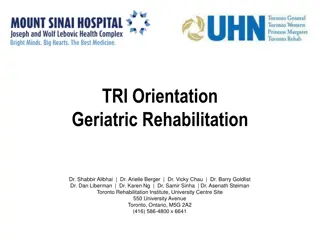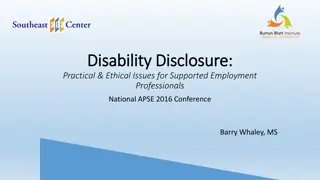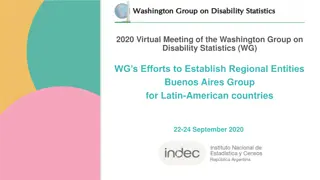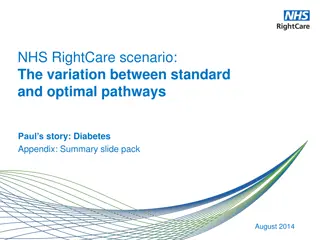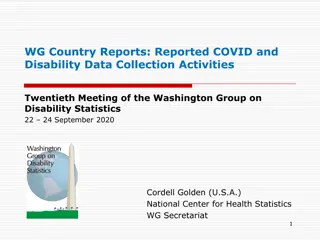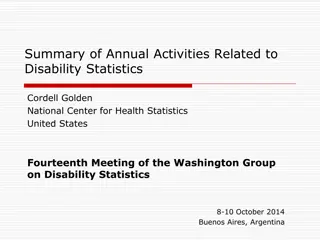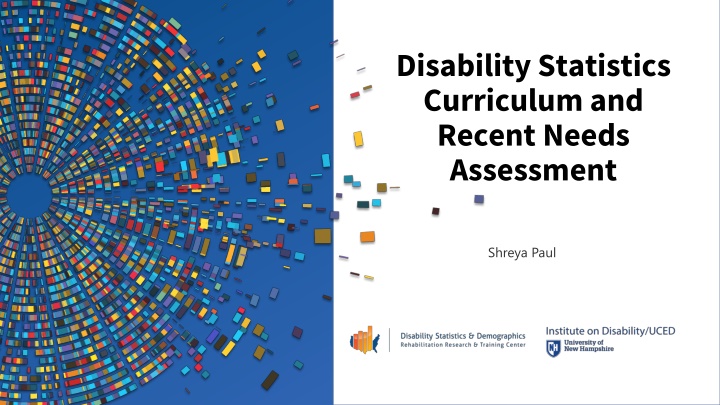
Disability Statistics Curriculum: Accessing Data & Analysis
Discover the Disability Statistics Curriculum designed by the Rehabilitation Research and Training Center on Disability Statistics and Demographics. This self-guided curriculum offers modules on various topics such as accessibility considerations, disparities, disability measurement, available data sources, and more. Perfect for individuals interested in learning about disability statistics, professors seeking data for research, and students looking to expand their knowledge. Start learning today to enhance your understanding of disability data analysis.
Download Presentation

Please find below an Image/Link to download the presentation.
The content on the website is provided AS IS for your information and personal use only. It may not be sold, licensed, or shared on other websites without obtaining consent from the author. If you encounter any issues during the download, it is possible that the publisher has removed the file from their server.
You are allowed to download the files provided on this website for personal or commercial use, subject to the condition that they are used lawfully. All files are the property of their respective owners.
The content on the website is provided AS IS for your information and personal use only. It may not be sold, licensed, or shared on other websites without obtaining consent from the author.
E N D
Presentation Transcript
Disability Statistics Curriculum and Recent Needs Assessment Shreya Paul
The Rehabilitation Research and Training Center on Disability Statistics and Demographics (StatsRRTC), funded by the U.S. Department of Health and Human Services, Funding Information Administration for Community Living, National Institute on Disability, Independent Living, and Rehabilitation Research (NIDILRR), grant number 90RTGE0001. The information developed by the StatsRRTC does not necessarily represent the policies of the Department of Health and Human Services, and you should not assume endorsement by the Federal Government (Edgar, 75.620 (b)).
Objectives/Goals To bridge the divide between producers and end users of disability data and statistics Increase access to data and statistics and improve the national capacity to collect/analyze disability data To build relevant, specialized research capacity among the next generation of disability researchers
Disability Statistics Curriculum The curriculum is a knowledge translation project Self-guided Organized into modules, which allows participants to select where to start or focus on specific skills Consists of video lectures, closed captioning, transcripts, corresponding PowerPoint slides and end of the module quizzes
Who is this curriculum for? Individuals looking to learn how to access and analyze disability data Individuals looking for information about a specific skill or data set Professors looking for data to support their research ideas or including disability data analysis modules into an existing course Students looking to propose an independent, for-credit study idea Anyone interested in learning about disability statistics
The First Five Modules Accessibility Considerations Disparities and Program Participation Disability Measurement and Eligibility Criteria Models and Concepts of Disability Available Data Sources Accessing Publicly Available Data Sources
In the works.. Modules on technical details o The use of sample weights and design effects o Dealing with missing values o Sample errors Using a software for analyzing data Estimating basic statistics and so on
How to access? Website - https://www.researchondisability.org/training
We want to hear from you! Contact information- Disability.Statistics@unh.edu OR Shreya.Paul@unh.edu
Needs Assessment
You can help us! The StatsRRTC team is conducting a needs assessment to Collect feedback on our products Solicit suggestions for improvement Improve the quality of the Center s activities Serve the needs of our audience better
How? Tell us how we are doing and what we can do better. Take the survey today!

